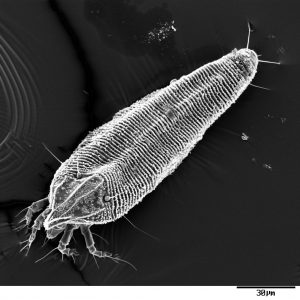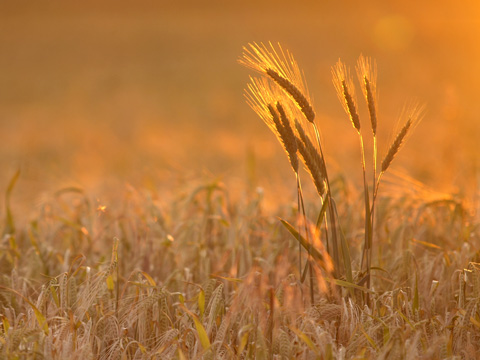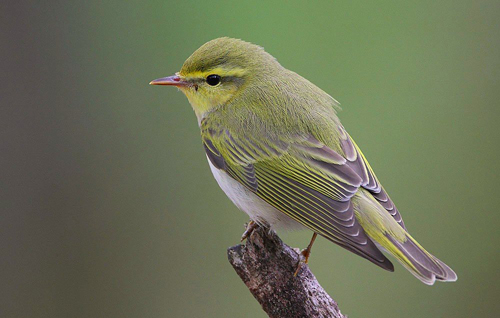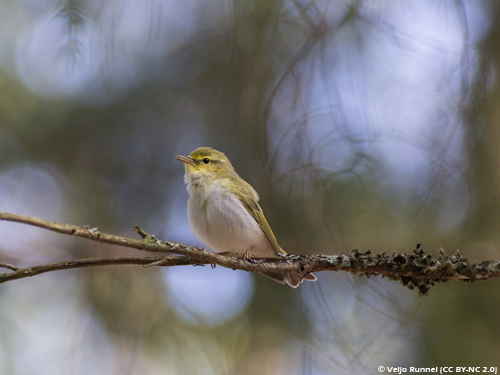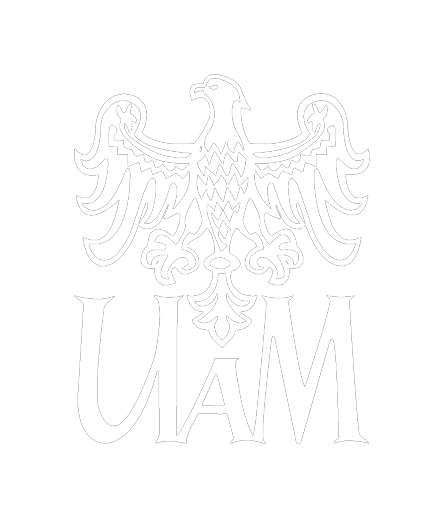Our recent paper published in the Journal of Animal Ecology shows how birds avoid their sibling-species competitors.

Photo: Cezary Korkosz
We used data on abundance of two closely related passerine species, the Common Nightingale (Luscinia megarhynchos) and the Thrush Nightingale (Luscinia luscinia), collected across their syntopy, allotopy and allopatry. We found that interspecific competition gave marked imprints on patterns in habitat preferences of these two species. Whereas they preferred the same habitats in allopatry, their preferences became strikingly different in allotopy within sympatry where the abundance of the Common Nightingale increased towards dry and warm sites with low coverage of pastures, while the abundance of the Thrush Nightingale showed exactly opposite trends. It seems that both species “escape” from competition to allotopic sites covered by habitats avoided by the competitor. Therefore, we argue that the interspecific competition is an important driver of species’ distribution and habitat preference is variable across space and depends on the context created by biotic interactions.
The study was done in cooperation with the Charles University in Prague, Czech Republic. Bird data were collected by skilled volunteers within the Common Breeding Bird Survey in Poland.
More info:

